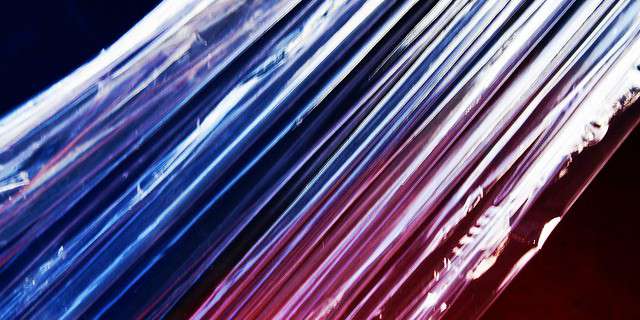
New color changing plastic film offers new innovative technology that allows manufactures and consumers to monitor changes in meat safety and quality. Image Source: Flickr’ user tanakawho
Color analysis is commonly used for quality control in meat production, but many times food spoilage occurs after a product reaches the supermarket shelf or the final consumer destination. At this point, freshness can be difficult to monitor and with the possibilities for improper storage and handling, the potential for contamination increases. Food borne illnesses are sweeping the headlines and making consumers leery of packaged meat products, so finding ways to differentiate between fresh meats and their inedible counterparts is an ever growing concern. New sensor film technology utilizes color analysis technology to help retailers and consumers identify potentially dangerous food products and avoid any adverse repercussions from spoiled meats.
If Only Looks Could Tell
The human eye alone cannot accurately quantify changes in meat product freshness. That hamburger you bought on Tuesday may still look edible by Thursday, but we can’t rely on our own senses or an expiration date to judge meat quality and safety. Many factors can contribute to food spoilage and without advanced sensory tools and testing to detect contamination, misguided judgements can easily lead to potentially serious problems. With the added concern over rotten meat scandals within the last decade1, the increased need for protective packaging is essential for setting consumers’ minds at ease.

Best buy dates and visual changes in meat color are an ineffective method for determining the freshness or safety of foods. New sensor film technology provides an alternative to less effective methods of measuring quality. Image Source: Flickr’ user U.S. Department of Agriculture
The meat industry has relied on color analysis for many years to monitor the quality and safety of meats. Spectrophotometry utilizes color technology to monitor these products and is an approved method of analysis according to USDA (United States Department of Agriculture)2 regulatory standards. Sensor film technology uses these same principles to measure color changes by integrating plastic film material with an indicator dye that responds in a color change3. This technology reacts to the amines released by the meat products and provides a visual change in the plastic material that is then visible to the human eye. Color technology ensures that both the changes in meat quality and the plastic materials coincide with the safety of the food product.


